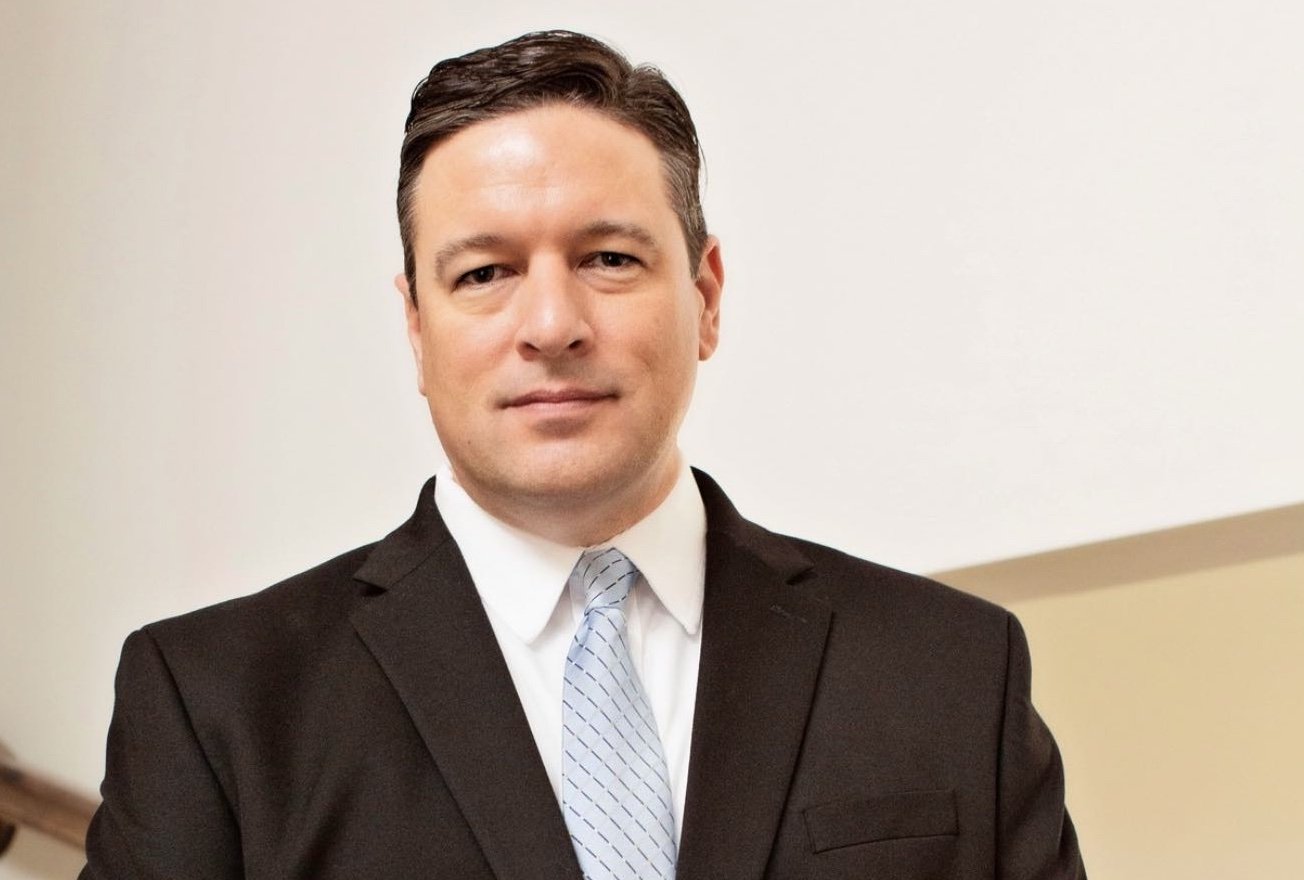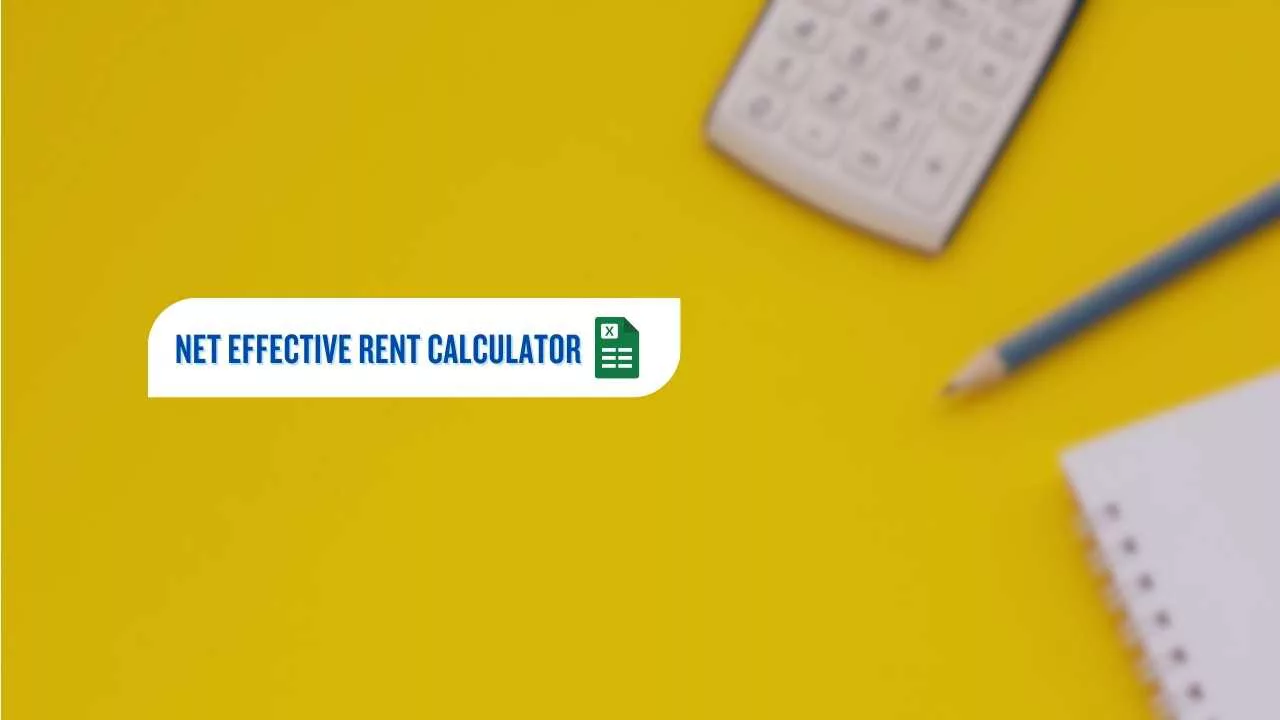Video Transcript: 50-Year Mortgage (Click to Expand)
0:00
What’s up, guys? It’s Graeme here. So,
0:01
this is absolutely crazy. Over the
0:04
weekend, President Trump tweeted the
0:06
idea of creating a 50-year mortgage as a
0:08
way to help lower payments for people
0:09
who want to buy a home. And I know I
0:11
might get some push back for saying
0:12
this, but to me, it’s obvious. A 50-year
0:15
mortgage is an absolute disaster waiting
0:18
to happen, and no one should ever take
0:20
that option ever. In fact, a 50-year
0:23
mortgage is completely uncharted
0:25
territory. And if one thing goes wrong,
0:27
it could completely devastate both the
0:30
housing market and the borrower. So,
0:32
let’s talk about the actual math behind
0:34
getting a 50-year mortgage, if and when
0:36
it ever makes sense, and my own thoughts
0:39
as someone who’s been in real estate
0:40
since 2008. Because I got to say, most
0:43
people have very little understanding
0:45
with how this works and why it’s a
0:47
really, really bad idea. Although before
0:49
we go into that, if you appreciate
0:51
videos like this where we just cover the
0:53
facts, it would mean the world to me if
0:55
you mortgaged the like button or
0:56
refinance the subscribe button for the
0:58
YouTube algorithm. It helps out
1:00
tremendously and is a thank you for
1:01
doing that. Here’s a picture of a baby
1:03
polar bear. So, thanks so much and also
1:05
big thank you to Helium Mobile for
1:06
sponsoring this video, but more on that
1:08
later. All right, so to start, let’s
1:10
talk about where all of this begins. The
1:12
30-year mortgage. For those unaware,
1:14
this was initially created in the 1940s
1:16
as a way to help finance the
1:18
construction and sale of new homes after
1:20
World War II. And then by the end of the
1:22
1950s, it was adopted throughout the
1:24
entire market as a way to incentivize
1:27
families to build long-term equity.
1:29
Well, wouldn’t you know it, these days,
1:31
the 30-year mortgage has become so
1:33
popular that more than 90% of buyers
1:35
pick a 30-year term on their mortgage.
1:37
Now, obviously, there are more options
1:39
today for buyers to pick from, like an
1:41
adjustable rate mortgage, interestonly
1:43
mortgage, 15-year terms, and so on. The
1:45
options are pretty limitless, but the
1:47
30-year term is often seen as the
1:49
safest. It offers the most flexibility,
1:51
the most stability, your price is fixed
1:54
until the home is paid off, and if you
1:56
qualify, they’re pretty easy to get
1:58
because almost every bank offers them.
2:00
However, there is a bit of a catch
2:02
because your interest payments are
2:03
front-loaded towards the beginning of
2:05
the loan. For example, with any fixed
2:07
rate mortgage, your monthly payment is
2:09
split into two parts, principal and
2:11
interest. In the beginning, most of your
2:13
payment goes towards interest because
2:15
you still have the full loan balance.
2:17
And so, very little of your monthly
2:18
payment actually pays down the loan. But
2:20
as time goes on and your loan balance
2:22
gets smaller, more of that payment
2:24
begins going towards principal. And over
2:27
time, you could finally start building
2:29
equity. Like this chart really shows it
2:31
perfectly. As you could see, at first
2:33
your monthly payment consists of almost
2:34
all interest. But by the time year 20
2:37
comes around, this flips to the point
2:39
where most of your payment becomes
2:40
equity. And that’s where things get very
2:43
interesting. See, the typical person
2:45
only keeps their home for an average of
2:47
12.3 years. Meaning on a 30-year loan at
2:50
6% interest, they’ve barely begun to pay
2:53
off their mortgage by the time they sell
2:55
the home, get a new loan, and start the
2:57
process over again. Even if they kept
2:59
the home for the full 30 years, they
3:01
will have paid $1.2 million to buy that
3:04
$600,000 home 30 years earlier. So, why
3:08
don’t more people go for the 15-year
3:10
mortgage? When you look at a 15-year
3:12
mortgage, you’re going to notice that
3:13
your monthly payments are significantly
3:15
more expensive. And here is a real
3:17
example of a $500,000 house, 6%
3:20
interest, 20% down. If you pick a
3:22
30-year mortgage, your monthly payment
3:24
is going to be about $2,400 a month. and
3:26
a lender will qualify you for that
3:28
payment if you make about $7,500 a month
3:31
or three times the mortgage payment.
3:33
Pretty simple. However, if you get a
3:35
15-year mortgage, your monthly payment
3:37
is going to be about $3,300 a month,
3:39
which is going to require you to have an
3:41
income of $10,000 a month in order to
3:44
qualify. So, what do most people do?
3:46
That’s right. They choose the
3:48
lowerpriced option. It allows them to
3:50
qualify with less income. It allows them
3:52
to qualify for much more home. And all
3:55
things being equal, they would be able
3:57
to increase their purchase price by 34%.
4:00
Which is a lot. Like that’s the
4:02
difference between you buying a $500,000
4:05
home and a $670,000
4:07
home. And even though, sure, with a
4:10
15-year mortgage, much less of your
4:12
payment is being eaten away by interest.
4:14
For most people, the 30-year option
4:16
offers more flexibility, it’s easier to
4:18
qualify for, they could get a bigger
4:20
house, they have more options, and so
4:22
they go for it. That’s why most people
4:23
think, “Oh, a 30-year mortgage is so
4:26
much less money every single month than
4:27
a 15-year mortgage, so a 50-year
4:30
mortgage must be even better, right?”
4:32
Well, that is where most people are 100%
4:35
wrong. So, let’s talk about the 50-year
4:37
mortgage. Over the weekend, Trump
4:39
tweeted a photo of President Roosevelt
4:41
on the left, who helped standardize the
4:43
30-year mortgage, while on the right,
4:45
Trump sits with a 50-year mortgage.
4:47
Initially, my first reaction was, why on
4:50
earth would this ever be a good idea?
4:52
Because it makes mathematically zero
4:55
sense whatsoever. But surprisingly,
4:57
people seem to be rather excited about
4:59
it. Like, we already have 144month car
5:02
loans and buy now pay later for Chipotle
5:04
burritos, so why not extend that to a
5:07
mortgage to hopefully lower your
5:09
payments? Even the developer PY
5:11
retweeted this by saying, “Thanks to
5:12
President Trump, we are indeed working
5:14
on the 50-year mortgage, a complete
5:17
gamecher, which for those unaware,
5:18
Pyomes is one of the largest national
5:21
developers in the United States, having
5:23
built nearly a million homes. So, if
5:25
they offer a 50-year mortgage term,
5:27
people seem to be in favor of this
5:29
because they think it’ll help them lower
5:31
their payments. They think they could
5:32
qualify for a bigger house, and they
5:35
think it’ll help keep the real estate
5:36
market strong. But mark my words, it
5:39
won’t. It’s a bad idea. Anyone who
5:41
understands math will agree with me. So,
5:43
as far as the actual numbers behind this
5:45
and what it actually means for anyone
5:47
who gets one, here’s what you came for.
5:49
Although, before we go into that, if
5:50
people are out there signing 50-year
5:52
mortgages just to save a few bucks every
5:54
month, you may as well save money in
5:57
other areas that just make more sense,
5:59
especially heading into the holidays.
6:01
That’s why it’s so important to find
6:02
ways to cut back without feeling like
6:04
you’re actually cutting back. And one of
6:06
the most overlooked options out there is
6:08
your cell phone bill. Like the average
6:10
person is spending over $100 a month,
6:13
but you could be paying nothing thanks
6:14
to Helium Mobile, who I’d like to thank
6:16
for sponsoring this video because
6:18
they’re a genuinely incredible service.
6:19
For those unaware, their plans start at
6:22
just $0 a month, as in totally free with
6:25
no contract, no credit card, and no
6:27
hidden fees. It’s perfect for light
6:29
users or those who want a second line.
6:31
Or if you want unlimited data, that is
6:33
just $30 a month. Again, with no
6:35
contracts whatsoever. Not to mention, if
6:37
you have kids, they also have a plan for
6:39
them that’s only $5 a month that comes
6:41
with 3 GB of data and unlimited texts
6:44
and calls. Well, you stay in full
6:45
control. On top of that, Helium also
6:47
pays you back in cloud points for doing
6:49
simple things like referring friends or
6:51
actively using your cellular data. And
6:54
those points could be redeemed for gift
6:55
cards to places like Amazon, Apple,
6:57
Sephora, and more. All from within the
6:59
Helium mobile app. This means you can
7:01
finally budget for the holidays without
7:02
overpaying for your cell phone plan. And
7:04
all you have to do to get started is
7:06
sign up for Helium Mobile down below in
7:08
the description and use the code Graham
7:10
to get $10 in cloud points for gift
7:12
cards just for signing up. Again, the
7:15
link is down below to start saving
7:16
today. Thank you so much. And now, let’s
7:18
get back to the video. All right. Now,
7:20
here’s the math that no one is telling
7:21
you when it comes to the 50-year
7:23
mortgage. Even though going from a
7:25
15-year to a 30-year mortgage will
7:27
improve your affordability by 34%, which
7:29
is a lot, going from a 30-year to a
7:32
50-year mortgage improves affordability
7:35
by less than 8%. Yes, you heard that
7:38
correctly. Getting a 50-year mortgage
7:39
will make almost no difference
7:40
whatsoever, except you’re going to be
7:42
taking on way more debt for your entire
7:45
life. And if you don’t believe me,
7:47
here’s some of the math. First of all,
7:49
it’s important to mention that overall
7:51
the longer of a loan term you get, the
7:53
higher the interest rate is going to be
7:55
because lenders want to be compensated
7:57
for tying up capital for longer. Like
7:59
right now, it’s 6.125%
8:01
if you want to get a 30-year fixed rate
8:03
mortgage, but it’s only 5.375%
8:06
if you want to get a 15-year. So, I
8:08
promise with a 50-year mortgage, you’ll
8:11
wind up paying closer to 7% because
8:13
there’s significantly more risk. This
8:15
means if you get a $500,000 loan at 6%
8:19
fixed for 30 years, your monthly payment
8:21
is going to be $3,000 a month. But if
8:23
you think you’re about to save a ton of
8:24
money, stretching out your payment to 50
8:26
years. Well, guess what? At a 7%
8:29
interest rate for 50 years, your monthly
8:32
payment is going to drop to, wait a
8:34
second, $3,8
8:36
a month. Wait, it actually gets more
8:38
expensive? Yes. In fact, even if the
8:41
interest rate is the exact same on a
8:43
50-year mortgage as it is on a 30-year
8:45
mortgage, which is mathematically
8:47
impossible, by the way, but just for the
8:49
sake of the argument, let’s just assume
8:51
that aliens have abducted everybody and
8:53
we live in an alternate universe where
8:55
that is the case, your monthly payment
8:57
would drop from $3,000 down to just
9:00
$2632
9:02
a month. To put that into perspective,
9:04
that’s basically the equivalent of you
9:06
saving 10% on your mortgage or being
9:08
able to qualify for a home that costs
9:10
10% more. That is it for nearly doubling
9:13
the time it takes to pay off the loan in
9:16
the first place. And like I said, the
9:17
realistic savings would be pretty much
9:19
non-existent because there is no way
9:21
that they could offer a 50-year mortgage
9:23
term at the same rate as a 30-year
9:25
mortgage term unless it’s subsidized by
9:28
the government or it’s just baked into
9:30
the purchase price. And if they do that,
9:32
we’re all going to end up paying for it
9:34
in the form of higher prices and
9:36
probably higher taxes. Not to mention,
9:38
there is another concern with all of
9:40
this, and that would be investors.
9:42
Here’s the part that nobody talks about.
9:44
30-year mortgages are only viable
9:46
because most people keep their home for
9:48
about 10 years, and then they sell their
9:50
home, the loan gets paid back, and then
9:52
they start the process over again. That
9:54
is why mortgage rates are so heavily
9:56
tied to the 10-year Treasury yield.
9:58
Essentially, the two are
9:59
interchangeable. So, when mortgages are
10:00
bundled together and sold on the
10:02
secondary market, it gives investors a
10:05
stable return that they could count on,
10:07
and it provides more liquidity back into
10:09
the markets immediately to go and issue
10:11
more loans. On the other hand, a 50-year
10:13
loan holds a massive risk to whoever
10:16
buys and holds onto that loan. Why?
10:19
Well, here’s the math. If you buy a
10:21
$550,000 home, you put 10% down and you
10:24
get a 50-year loan, and then you sell
10:26
your house 12 years later. Because most
10:29
of your mortgage payment is front-loaded
10:31
with interest, by the time you go and
10:33
sell it, you’ve paid off just $32,000
10:36
worth of principal. This means if your
10:38
home doesn’t meaningfully go up in value
10:40
and you sell for the same price that you
10:42
paid for it, subtract 6% for closing
10:45
costs, subtract what you have remaining
10:47
on your loan. And all of a sudden,
10:49
you’ve now got less than you put down to
10:53
buy the property, all for the risk of
10:55
owning a property in the first place.
10:57
Now, even though the reality of your
10:58
home being worth less 12 years from now
11:00
is unlikely, it does create a very
11:02
dangerous scenario where if the market
11:04
goes down by any amount, you’re quickly
11:07
going to be underwater on your loan. And
11:09
in the event you can’t get more than
11:10
what you paid for it, you’re quickly
11:12
going to be left with nothing to show
11:14
for it, even after holding your home for
11:17
more than a decade. This is why lenders
11:19
inherently need to charge more interest
11:21
upfront because the loan is riskier and
11:24
it’s riskier for the buyer to lose money
11:26
on the deal. In fact, it’s also a double
11:28
negative for banks because if they give
11:29
a 50-year loan and interest rates go
11:31
down, the buyer just refinances. But if
11:33
interest rates rise now, the bank is
11:36
stuck with a low yielding investment for
11:38
many, many, many decades, and they’re
11:41
going to lose a lot of money on that.
11:42
That’s why feasibly a 50-year mortgage
11:45
just doesn’t make any sense for anybody.
11:47
Not the banks, not the borrower, not the
11:50
investor. The reason a 15 to 30year
11:52
mortgage works so well is because that
11:54
increases affordability by 34%. But once
11:57
you go beyond 30 years, there are
11:59
diminishing returns. And the net benefit
12:01
for going from 30 to 50 years just isn’t
12:05
there. It’s not practical. Not to
12:07
mention, banks probably don’t want to
12:08
issue loans that you’re not going to be
12:10
alive for by the time you should be
12:13
paying it off. Unless, of course, it’s
12:15
subsidized for the government or baked
12:17
into the selling price, at which point
12:19
again we got bigger problems. Plus, on
12:21
top of all of that, by law, a qualified
12:23
mortgage is not allowed to exceed a
12:26
30-year term. These qualified mortgages
12:28
are very important because it gives the
12:30
lender recourse in the event the
12:32
borrower defaults on their loan. And
12:34
because those loans are less risky,
12:36
they’re able to charge less interest to
12:38
the borrower. On the other hand, a
12:39
non-qualified mortgage does not have
12:42
that shield and the liability falls back
12:44
on the bank in the event the borrower
12:46
stops paying. That’s why I’m saying
12:48
there’s no reasonable way that you can
12:49
offer a 50-year mortgage at the same
12:51
interest rate as a 30-year mortgage
12:53
without paying substantially higher
12:55
interest upfront. It just doesn’t make
12:58
any sense. And at that point, it
13:00
completely defeats the purpose to begin
13:02
with. Because if you pay more than like
13:05
10% higher than you would with a
13:06
30-year, you start paying more on the 50
13:08
than you would with the 30, even though
13:10
you’re reducing the payments because you
13:12
pay more interest. It doesn’t make any
13:14
sense. Like, if you want my take on
13:15
this, if this actually has any chance of
13:18
passing, it’s probably going to be a
13:20
very specific loan product issued most
13:23
likely by developers who could just bake
13:25
it into the higher purchase price. It is
13:28
going to be issued on a case-bycase
13:30
basis, and it’s going to require
13:32
completely changing housing laws to
13:34
enact mortgage protections on banks. Not
13:36
to mention, it would need to be
13:37
assumable by people who want to keep the
13:40
house in the family. Because otherwise,
13:42
you have people taking on 50-year loans
13:44
just so their kids could keep paying off
13:47
the loan and then eventually the kids
13:49
die and the grandkids hopefully inherit
13:51
a paidoff house a 100red years later. To
13:54
me, all of this is just a bit of a
13:56
gimmick. Like, it’s fun to think about.
13:58
It gets people talking a lot on Twitter,
14:01
but mathematically it makes no sense to
14:03
take this over a 30-year mortgage, and
14:06
there would have to be major hurdles to
14:07
overcome just to get this out there in
14:10
the market. Separate from that, I think,
14:12
in terms of actually making a difference
14:14
in the housing market. All we need to do
14:17
is unlock more inventory. And to do that
14:20
just requires really three things.
14:22
First, increase the capital gains
14:24
exclusion from $500,000 to a million
14:26
dollars for married couples and then
14:28
increase it every year with CPI. This
14:30
will incentivize way more sellers to
14:32
list their homes for sale. And that
14:34
would have been the inflationadjusted
14:36
amount anyway from the $500,000 that was
14:39
enacted back in the 1990s. Second, they
14:41
should also allow you to take your
14:42
existing mortgage with you and apply it
14:44
to the next home, assuming you’re
14:46
trading up on a primary residence. And
14:48
this would also unlock a lot of
14:50
lowerpriced inventory. And three, we
14:52
should allow people to write off up to a
14:54
million and a half of mortgage interest,
14:56
but only for new loans that are issued
14:58
after 2026. But beyond that, let me make
15:01
this very clear. A 50-year mortgage is a
15:04
very dumb idea. It mathematically
15:06
doesn’t make any sense to take. I think
15:09
it won’t even work. It’s not going to
15:11
make any difference for housing
15:12
affordability. And if people actually go
15:14
for it, we have a problem. Especially
15:17
when the average home buyer is 40 years
15:18
old. I guess they just pay for their
15:20
home until they’re 90. Great.






